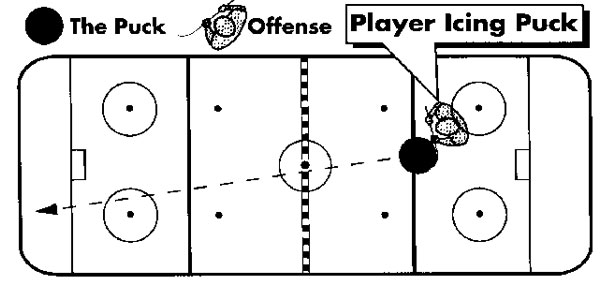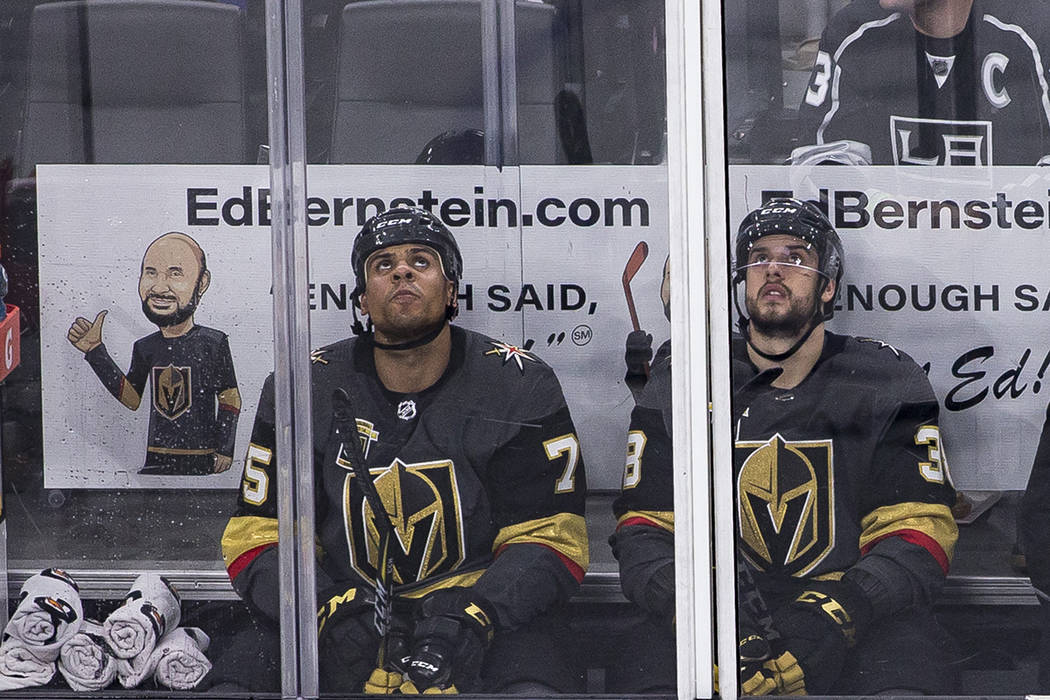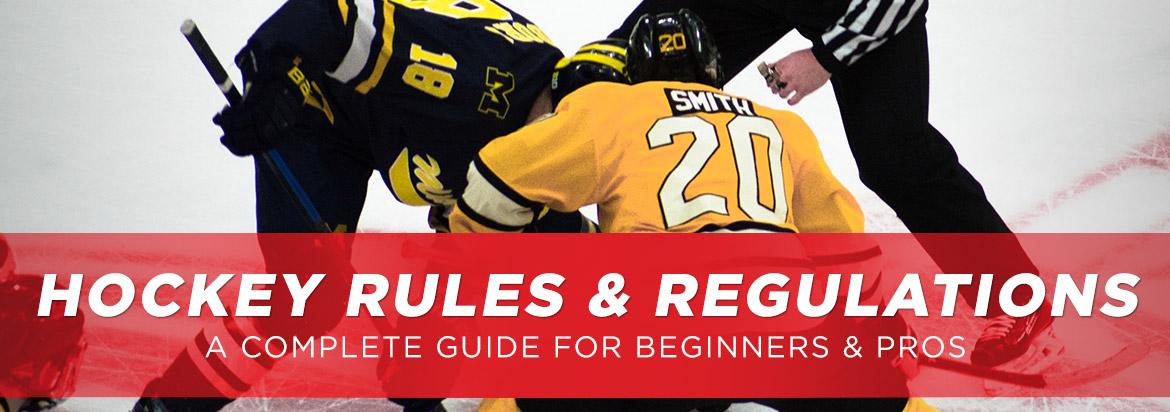Ice Hockey Offsides Explained
If you're searching for video and picture information linked to the keyword you have come to pay a visit to the ideal blog. Our website gives you suggestions for seeing the maximum quality video and picture content, hunt and locate more enlightening video articles and images that fit your interests.
includes one of thousands of movie collections from several sources, particularly Youtube, therefore we recommend this video that you view. This blog is for them to visit this website.

In hockey a play is considered offside when a player enters the offensive zone prior to the puck fully crossing the blue line.
Ice hockey offsides explained. In ice hockey a well known play of offside is when a player on the attacking team enters the offensive zone before the puck but only in case the mentioned puck is not carried or sent there by a defending player. As a rule the infringement results in one of two ways. The faceoff is in the neutral zone i e. Otherwise you ll notice the referee with their arm up indicating a delayed offside call.
These are the lines that split the rink into three sections. Between the red and blue line but on the side where the offside violation occurred. Instead play is stopped and a faceoff follows. Nhl only a defending player clears the puck out of their own zone but the puck then bounces off another defending.
An offside call is not a penalty that results in a player spending time in the box like tripping cross checking etc. There are lots of rules about the. If a player crosses the blue line ahead of the puck he is offsides and the play. It may be best to occasionally shout offsides and hope to be.
An offside play is blown dead if the team violating the infraction is in possession of the puck in the offensive zone. Play may continue until the attacking team touches the puck. Offsides is one of the key components to an ice hockey game and can be a make or break factor when determining the outcome of a scoring play. Immediate offside rule a defending player has legally carried the puck out of their own zone and then passes the puck back into their own zone.
And other hockey questions you should never ask offsides. Linesman blows the play dead following an instance of this offside play. It wasn t until 1928 that players were allowed to move the puck in any direction meaning players were standing in front of opposing goaltenders receiving full ice passes and then taking uncontested shots on the goaltender.


















